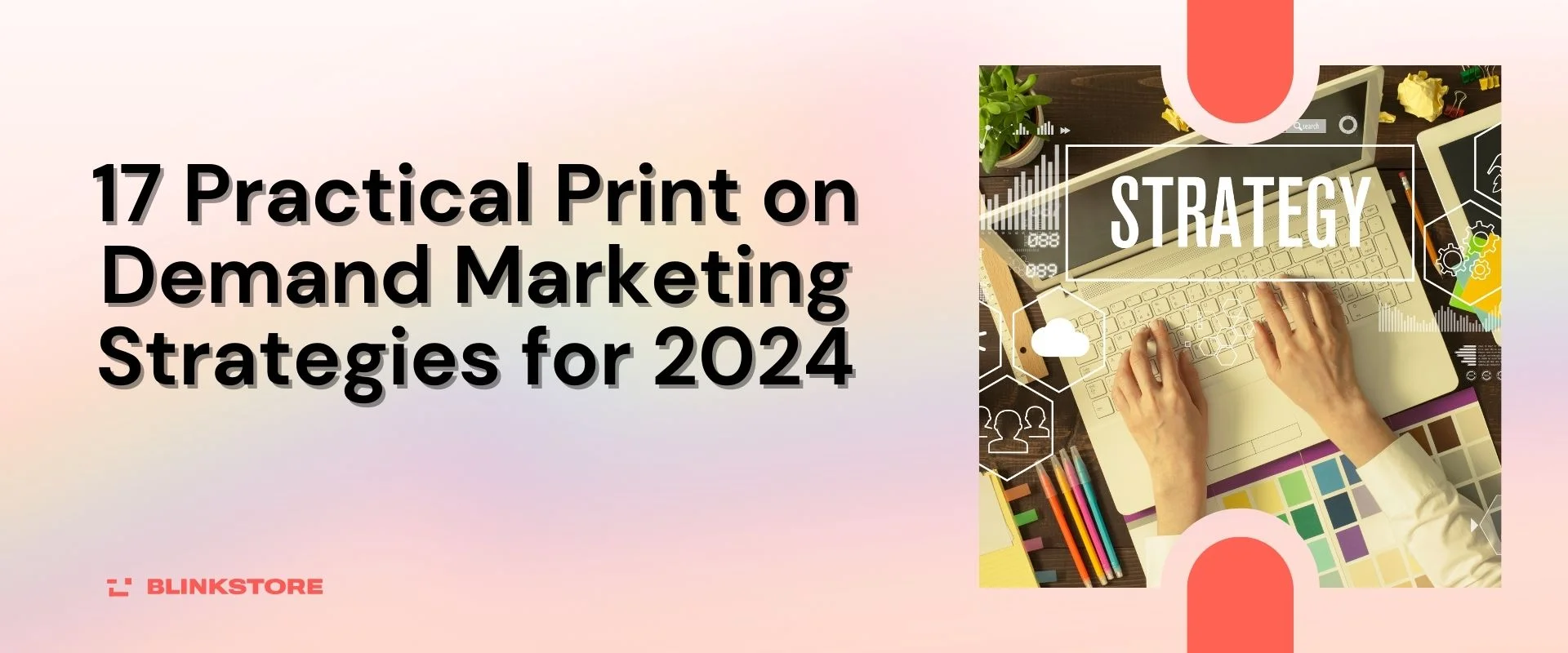As the print on demand industry continues to grow, businesses are seeking effective ways to promote their products and reach their target audiences. So it’s important to have a print on demand marketing strategy for your online store’s success.
Even though Starting your marketing can feel staggering and frustrating, especially with conflicting ideas.
Our guide will help you formulate the best marketing strategies customized for print on demand companies. In this blog, we’ll share 17 print on demand marketing strategies to help level up your business.
Table of Contents
Why Use Print on Demand Marketing Strategies?
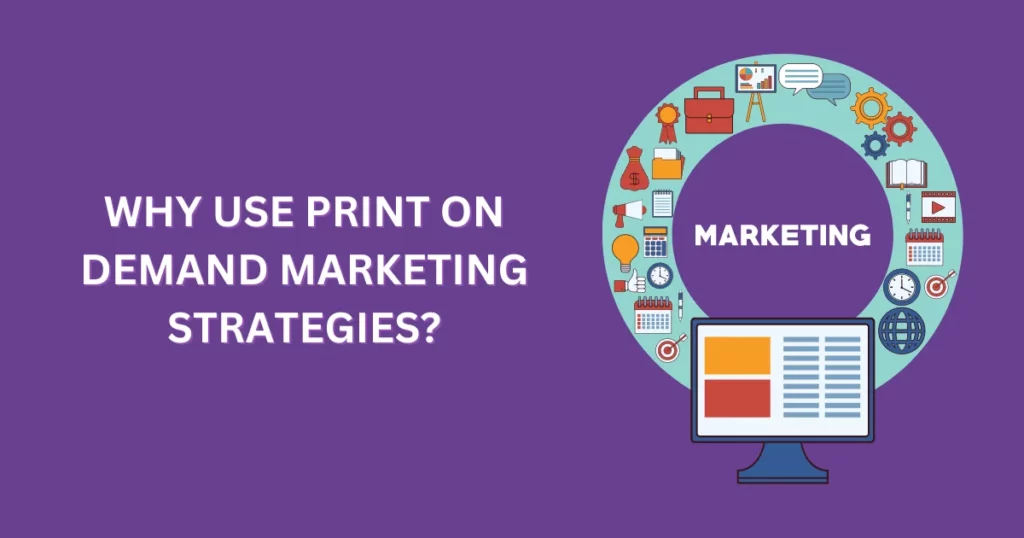
The print on demand marketing strategies we’ll talk about here can give your business that extra push it needs. Here are the benefits you can expect from these strategies:
- Higher Engagement: Learn how to create fun and unique content that encourages likes, shares, comments, and saves. Give your posts a captivating and eye-catching appearance.
- Increased Traffic: Engaging content will have your target customers talking about your brand. This leads to more organic traffic and visibility.
- Enhanced Brand Image: Showcase customer reviews, collaborate with micro-influencers, and more to boost your brand’s image and reputation.
- Boost in Sales: Consistent visibility on social media helps people remember and recognize your brand. This leads to increased sales when you create excitement around new releases or special offers.
- Increased Customer Loyalty: Build trust with customers, encouraging repeat purchases and recommendations to friends and followers.
Print on Demand Marketing Strategies
Let’s explore the print on demand marketing strategies you can implement in your business today with little to no investment required.
1. Choose the Right Business Model
Select a print on demand platform that aligns with your business goals and target audience. Consider factors like product variety, quality, pricing, and shipping options. For example, platforms like Blinkstore offer a wide range of customizable products and easy interfaces. Also, the platform is completely free to use.
Blinkstore does everything for creators including support with designs, store setup, POD, customer care – I am thrilled that BossMa Merch store is powered by Blinkstore. The team is gung-ho about making the experience better & more lovable for our own customers too. Highly recommend BlinkStore if for a Dropshipping side hustle!
Madhavi Shapeti Founder, BossMa
Assessing these factors ensures you deliver the best products and services to your customers.
2. Believe in Your Products

When the product is right, you don’t have to be a great Marketer.
Lee Iacocca, Former president of Ford
Confidence in your products translates into effective marketing. Use your enthusiasm to convey value and authenticity to potential customers.
Share personal stories or testimonials that highlight the unique benefits of your print on demand products. This builds trust and encourages conversions.
3. Find a Special Niche
Identify a print on demand niche that’s underserved or has unique needs. This allows you to stand out and attract a dedicated customer base.
For instance, targeting eco-conscious consumers with sustainable print on demand products or catering to specific hobbies and interests can lead to higher engagement and sales. Researching niche trends and consumer demands gives you a competitive edge in the market.
4. Learn About SEO Basics

Understanding SEO (Search Engine Optimization) basics is essential for driving organic traffic to your print on demand store.
Focus on optimizing product titles, descriptions, and tags with relevant keywords that your target audience searches for. Use tools like Google Keyword Planner or SEMrush to find popular keywords and improve your content.
Follow this lead:
- Keyword Research: Start by conducting keyword research to identify relevant terms related to your print-on-demand products.
- On-Page Optimization: Optimize your website’s content and structure for search engines. Include relevant keywords in title tags, meta descriptions, headers, and content.
- Backlink Building: Reach out to relevant bloggers and websites in the print-on-demand industry to feature your product URLs. Blogs that are easily shared can draw in organic backlinks.
- Local SEO: If you have a physical store, optimize your website for local search results. Incorporate your location into your content and create a Google My Business profile.
To ensure efficient implementation and save time if you’re new to SEO, think about hiring an SEO specialist.
5. Test and Improve Facebook Ads
Facebook Ads represent a potent tool for eCommerce, print on demand marketing, and sellers aiming to drive traffic to their websites and listings.
Experiment with different ad designs, audiences, and targeting options on Facebook to improve your ad campaigns. Use A/B testing to compare results and refine your approach based on what works best.
Take advantage of Facebook’s pixel tracking and retargeting features to reach potential customers interested in your products.
However, The prospect of spending money upfront can deter newcomers who have yet to generate large profits.
6. Try Offline Marketing

Explore offline marketing methods like hosting pop-up events, partnering with local businesses, or participating in community events. Offline activities can raise brand awareness and create personal connections with customers in your target area.
For many years, unsigned businesses have used a simple yet effective marketing method: word-of-mouth recommendations.
This kind of endorsement is highly respected because it brings credibility and social status, especially when supported by a local influencer.
7. Use Helpful Tools
Streamline your operations by utilizing specialized tools. Design software like Canva or Adobe Illustrator enables you to create stunning product designs effortlessly. Use mockups for your products with tools like Mockey to ensure quality.
Additionally, employ analytics tools such as Google Analytics or Facebook Insights to track performance metrics and optimize your marketing strategies based on valuable insights. You can check our blog on the best print on demand tools to use for the business.
8. Utilize Social Media Platforms
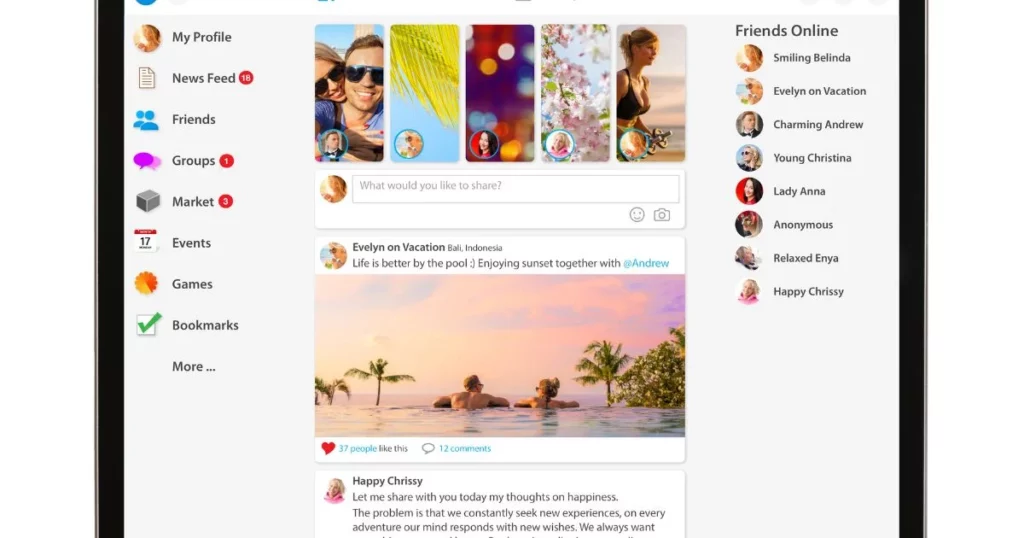
Social media platforms like Facebook, Instagram, Twitter, Reddit, TikTok, and Pinterest have billions of users. This vast user base presents a good opportunity to reach potential buyers with minimal effort and investment.
Maximize visibility and engagement through strategic social media use:
- Instagram: Present your products with eye-catching stories and posts.
- Pinterest: Create inspiring boards to highlight your print on demand offerings.
- TikTok: Leverage short video content to demonstrate product features or behind-the-scenes processes.
Pro Tip: Collaborate with micro-influencers who align with your brand to expand your reach and credibility.
9. Run Print on Demand Ads
Invest in targeted advertising campaigns on platforms like Google Ads or Pinterest Ads to reach potential customers actively searching for related products.
Focus on compelling visuals and concise messaging to capture attention and drive conversions effectively.
10. Customize Email Marketing
According to Litmus, email marketing delivers an impressive average ROI of $36 for every $1 spent, making it highly cost-effective.
To maximize the impact of your email campaigns, go beyond basic personalization. Use customer segmentation based on purchase history or browsing behavior to send targeted emails.
For example, recommend complementary products based on past purchases or offer special discounts on items they’ve shown interest in.
Leverage email automation tools like Mailchimp or Klaviyo to streamline this process and optimize campaign performance.
11. Get Reviews and Testimonials
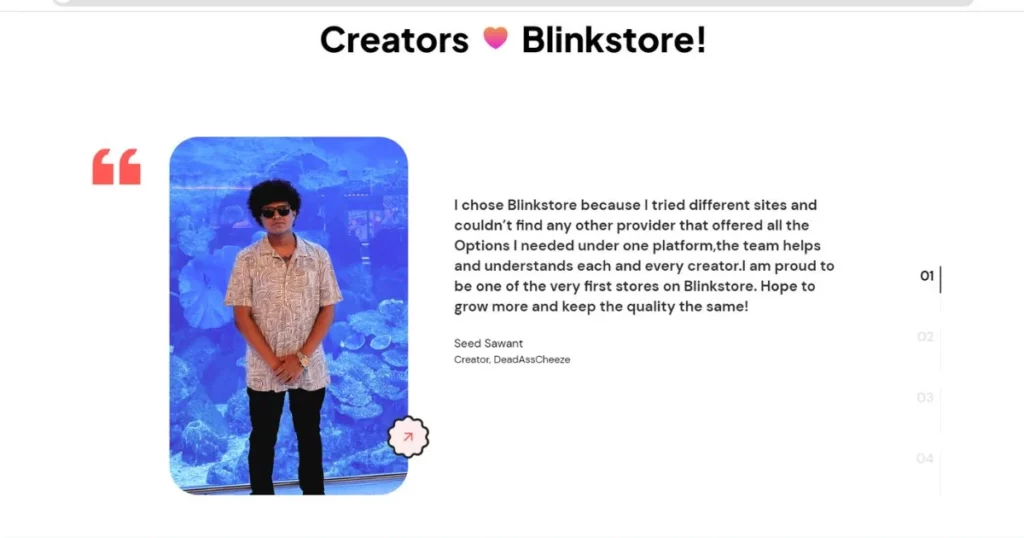
Here you can take an example of how Blinkstore has done it and showcased there reviews. Encouraging customer feedback is essential for building trust and credibility. In addition to requesting reviews, consider offering incentives such as discount codes or entry into a giveaway for leaving a review.
Showcase customer testimonials prominently on your website and social media platforms to highlight positive experiences and reassure potential buyers.
To generate as many positive reviews as possible, follow these straightforward steps:
- Ask for Reviews: Prompt customers to leave reviews by including a review request in order confirmation or follow-up emails. You can also insert a review request card with your product.
- Display Reviews Online: Showcase customer reviews prominently on product pages and the homepage of your online store. Consider using a review widget or plugin to feature reviews from third-party sites like eCommerce platforms or Google.
- Utilize Social Proof: Share customer testimonials in your social media posts and advertisements to establish trust and encourage engagement among potential buyers.
- Respond to Reviews: Responding to all reviews, whether positive or negative, demonstrates commitment to product quality and service. According to BrightLocal, 88% of consumers are more likely to patronize a business that responds to reviews, as it signifies dedication to customer satisfaction.
Utilize tools like Trustpilot or Yotpo to manage and display reviews effectively.
12. Collaborate with Influencers
Select influencers whose followers are in line with your target market when forming partnerships with them. Give influencers the artistic freedom to present your products in an authentic manner.
Offer exclusive discount codes or affiliate programs to incentivize their followers to make purchases. Track campaign performance using influencer marketing platforms like AspireIQ or CreatorIQ to measure ROI and refine future collaborations.
13. Highlight Business Reviews
Maximize the impact of customer reviews by actively engaging with them. Quickly address both favorable and unfavorable reviews to demonstrate that you appreciate client input.
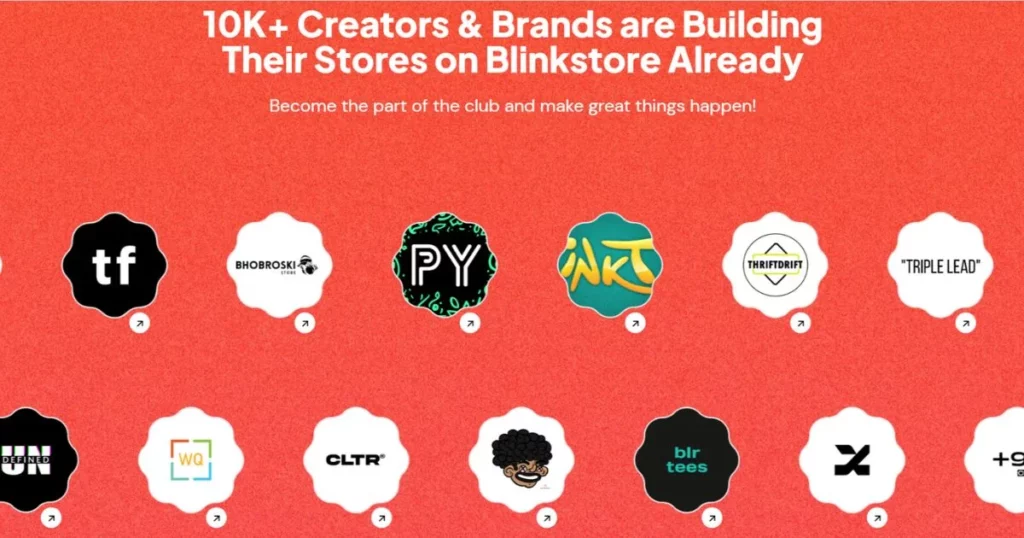
Showcase glowing reviews on your website’s homepage or product pages to build trust with potential buyers. Use review management platforms like Trustpilot or Google My Business to gather and display customer feedback effectively.
14. Host Q&A Sessions
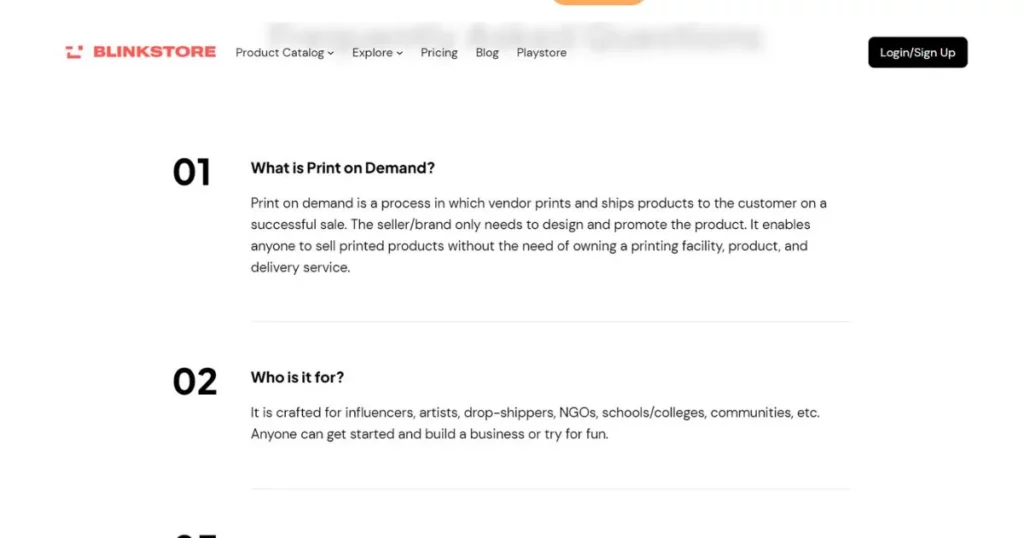
Organize live Q&A sessions on social media platforms to interact directly with your audience. Address common questions about your products, production process, or business values. Give FAQs on your websites to obtain more value.
Encourage participants to submit questions beforehand and offer exclusive promotions or giveaways during the session to boost engagement. Record and repurpose Q&A sessions as valuable content for your website or social media channels.
15. Work with Local Artists or Designers
Collaborate with local artists or designers to create unique designs for you. Showcase their work on your website and attribute their contributions to building community support.
Partnering with local creatives not only adds authenticity to your brand but also helps you tap into their existing fan base for increased exposure. Consider organizing art showcases or collaborative events to promote these partnerships further.
16. Offer Customization Options
Expand your print-on-demand offerings by providing customization options to your customers. Allow them to personalize products with names, initials, or custom designs.
Implement user-friendly tools on your website that enable easy customization, such as color selection, text input, or design uploads.
Highlight these customization features in your marketing campaigns to attract customers looking for unique and personalized items. Leverage print-on-demand platforms like Blinkstore or Printful that support customization capabilities seamlessly.
17. Create Special Communities

Build communities around your print-on-demand brand to foster deeper connections with your customers. Establish private Facebook groups, Discord servers, or membership forums where members can engage with each other.
Encourage community participation by offering sneak peeks of new designs, organizing members-only promotions, or hosting virtual events like live workshops or product launches. Use community-building platforms like Circle or Mighty Networks to manage and grow your special communities.
How to do Marketing in Print-on-demand?

Launching a print on demand business requires a positive and strategic approach to generating creative ideas and executing effective marketing plans. Here are the steps to successfully market your print-on-demand products:
- Choose a Profitable Niche: Identify a specific market segment with unique needs to offer personalized print-on-demand products that satisfy consumer demands and yield high profit margins.
- Understand Your Customer (Business Funnel): List customer demographics, psychographics, pain points, motivations, and buying behavior at each stage of the business funnel to tailor your advertising strategy effectively.
- Define Your Unique Selling Proposition (USP): Highlight the specific value you provide that competitors cannot easily replicate. Stay focused and believe in your products to establish a strong and clear identity in the customer’s mind.
- Create a Marketing Plan with Budget and Goals: Develop a detailed plan with specific goals and a budget to ensure your marketing efforts yield positive outcomes. Implement SMART Goals (Specific, Measurable, Achievable, Relevant, Time-based) for effective planning.
- Choose the Right Business Model: Setup an online store on platforms like Blinkstore, Amazon, or Etsy based on your business strategy and complexity preferences.
- Implement a Print-on-Demand Pricing Strategy: Align your pricing strategy with the marketing plan to select optimal advertising channels and maximize profits. Factor in all costs, estimate profit margins, and research competitors.
- Identify Marketing Channels and KPIs: Determine the most profitable marketing channels. Set Key Performance Indicators (KPIs) to measure effectiveness and adjust strategies accordingly.
- Track, Learn, Optimize, and Persist: Continuously monitor marketing performance, analyze data to identify successes and areas for improvement, and adapt strategies accordingly.
Conclusion
As the print-on-demand industry expands, effective marketing strategies are key to increasing success. By using tailored print-on-demand marketing tactics, businesses can boost visibility and build connections with their audiences.
Starting a print-on-demand marketing journey may seem daunting at first, especially with conflicting advice and changing trends. However, with a comprehensive approach and clear roadmap, businesses can navigate confidently and achieve remarkable results.
Our guide explores 17 practical print on demand marketing strategies for 2024. From choosing a profitable niche to collaborating with influencers and leveraging social media, each strategy helps businesses grow sustainably and gain brand recognition.
FAQs on Print on Demand Marketing
Here are some frequently asked questions about Print on Demand Marketing.
What is print on demand marketing?
Print on demand marketing promotes products that are only printed when someone orders them. This lets you sell custom designs without holding inventory. You’ll focus on creating eye-catching designs and use marketing strategies to drive customers to your online store.
Is a print-on-demand business profitable?
Profitability depends on several factors. You need to consider the cost of blank products, printing, and platform fees. Setting competitive prices that cover your costs and generate profit is crucial. Additionally, effective marketing that attracts customers who love your designs is essential.
What is the print-on-demand technique?
Different printing techniques are used depending on the product and service provider. Some common methods include Direct-to-Garment, (DTG)Screen Printing, and Sublimation.
How do you increase sales on print-on-demand?
Increasing sales on print-on-demand involves several key strategies. Start by making eye-catching designs that appeal to your intended audience. To properly display your products, use crisp photos and thorough descriptions. Offer promotions, discounts, or limited-time offers to attract customers. Engage with customers through personalized communication ad continuously refine your offerings based on sales data and feedback.
How to be a successful print-on-demand seller?
To succeed as a print-on-demand seller, start by identifying a niche market and developing designs that cater to specific interests or trends within that niche. Ensure the quality of your products by working with reliable print-on-demand services. Create a professional and user-friendly online store to showcase your products effectively.
How do I promote my print shop?
Promoting your print shop involves leveraging various marketing channels. Collaborate with influencers or bloggers in your niche to expand your reach. Improve the visibility of your website by making it search engine friendly. Participate in relevant events or marketplaces to showcase your products and network with other businesses. Collect and showcase customer reviews to build credibility and trust.
